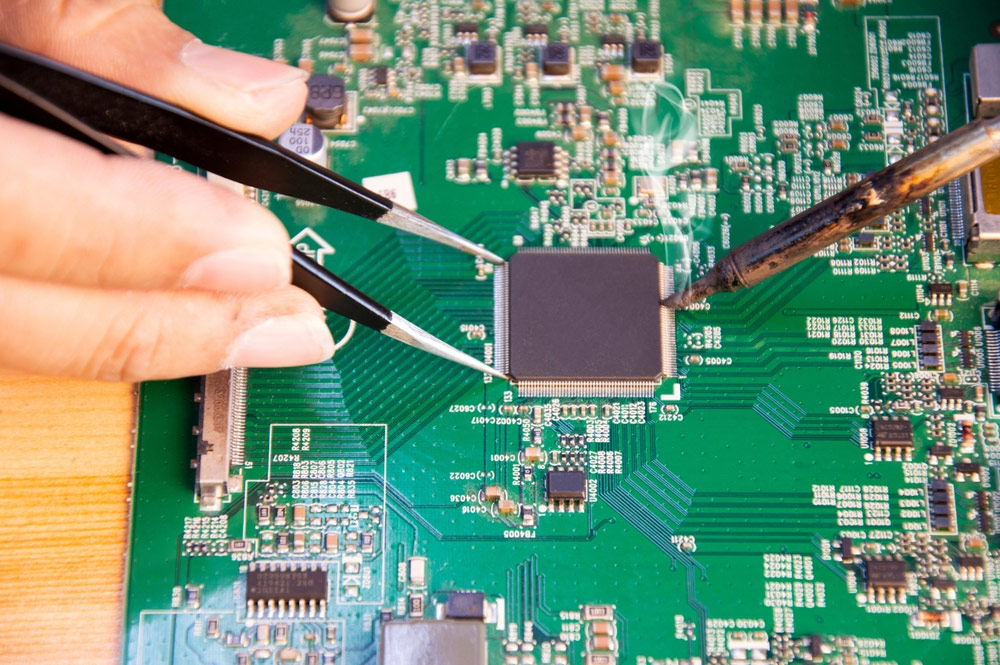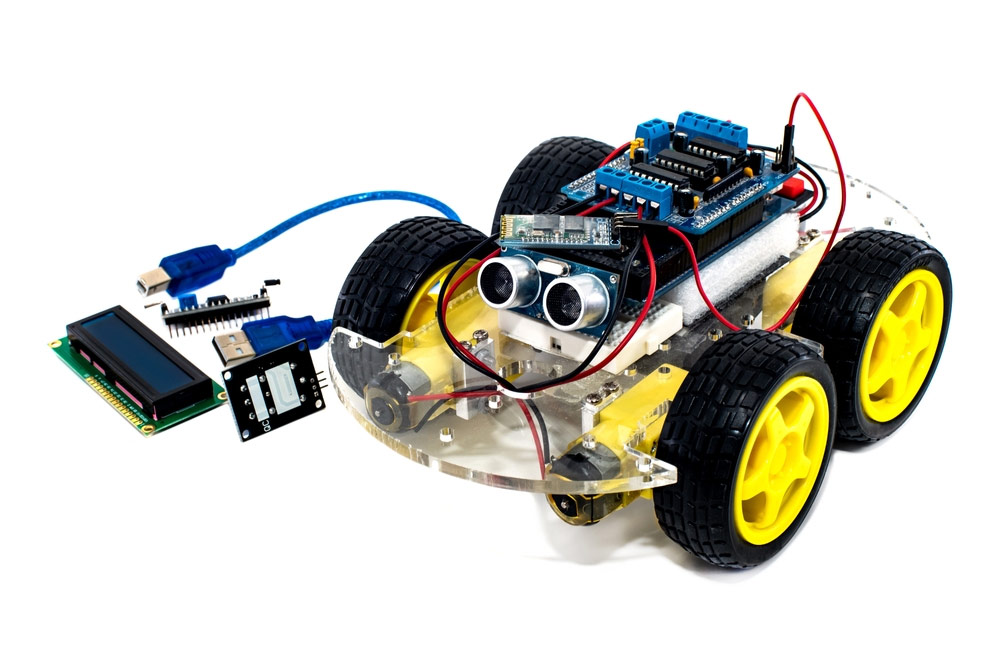
In B.Tech electrical engineering, the fundamental pillars of modern technology are intricately tied to microprocessor and microcontroller systems. These powerful components serve as the heartbeat of numerous electronic devices, making them indispensable in the curriculum for aspiring engineers.
Let’s delve into the fascinating world of microprocessor and microcontroller technology and explore the key aspects that make them quintessential for engineering students.
Understanding the Basics
At the core of electronic systems, a microprocessor acts as the brain, processing instructions and executing tasks. On the other hand, a microcontroller is a compact integrated circuit that combines the functions of a microprocessor with peripheral devices like timers, counters, and memory. Both are vital in the electrical engineering curriculum, offering a foundational understanding of computing and control systems.

Applications in Real-World Systems
B.Tech electrical engineering students encounter these technologies in various applications, from embedded systems in consumer electronics to industrial automation. Microprocessors drive the functionality of computers, while microcontrollers power everyday devices like washing machines, microwave ovens, and even the electronic control units in automobiles. The practical exposure to these systems is invaluable for engineering students entering diverse industries.
Programming Paradigms
An essential skill for electrical engineering students is mastering the programming languages associated with microprocessors and microcontrollers. Learning languages like “Assembly” and “C” is more than just an academic exercise; it is a gateway to effectively communicate with these embedded systems. This proficiency empowers students to design and optimise algorithms, enhancing their problem-solving capabilities.
Innovation and Integration
As technology advances, the integration of microprocessors and microcontrollers becomes more sophisticated. Electrical engineering students are at the forefront of this evolution, exploring innovations like Internet of Things (IoT) devices, where these components play a pivotal role. The ability to adapt and integrate these technologies into emerging fields positions students for success in a rapidly changing technological landscape.
Hands-on Experience
The practical application of theoretical knowledge is crucial in engineering education. B.Tech electrical engineering students benefit immensely from hands-on projects involving microprocessors and microcontrollers. Whether designing a smart home system or an autonomous robot, these projects provide a tangible connection between classroom learning and real-world implementation.

In conclusion, a solid grasp of microprocessor and microcontroller technology is paramount for B.Tech electrical engineering students aiming to navigate the complexities of modern electronic systems. The fusion of theoretical understanding, programming proficiency, and hands-on experience equips students with the skills to drive innovation and excel in diverse industries.
OmDayal Group of Institutions: Shaping Future Innovators
Since its establishment in 2010, OmDayal Group of Institutions has remained committed to fostering the next generation of innovative architects and engineers. Renowned as one of the foremost electrical engineering departments in West Bengal’s private engineering colleges, the Department of Electrical Engineering is affiliated with Maulana Abul Kalam Azad University of Technology (MAKAUT).
Our students have worked on a project integrating gesture manual and voice control into a robotic car. By combining gesture recognition technology with voice commands, they created a robotic car that responds seamlessly to the user’s movements and vocal instructions. The gesture manual control aspect involves using sensors to detect and interpret hand gestures, enabling the user to direct the car’s movement effortlessly. Simultaneously, incorporating voice control introduces a convenience layer, allowing users to navigate, command, and interact with the robotic car using spoken instructions.

For more insights into West Bengal’s premier electrical engineering program, click the following link.
For more information, visit https://omdayal.com.
References:




